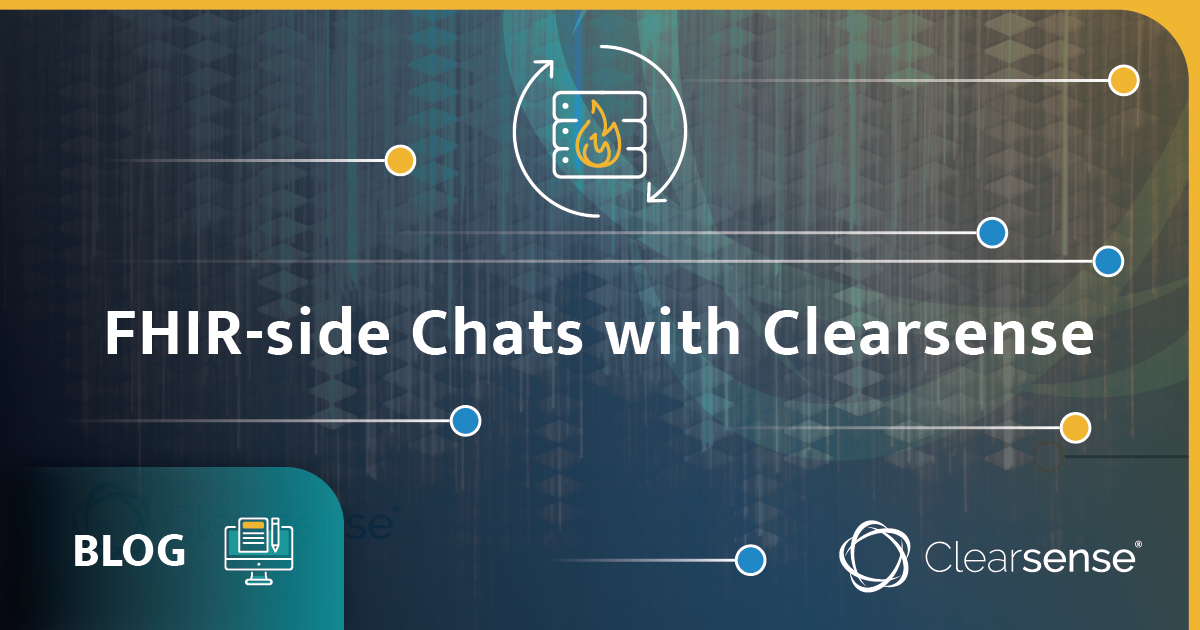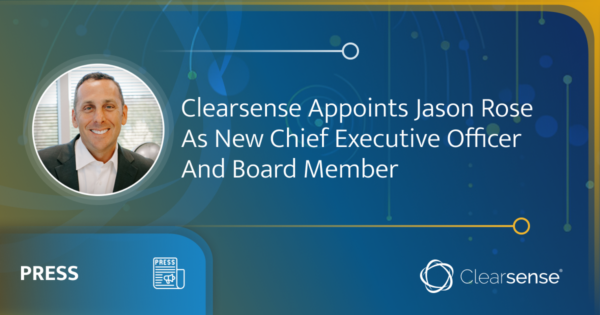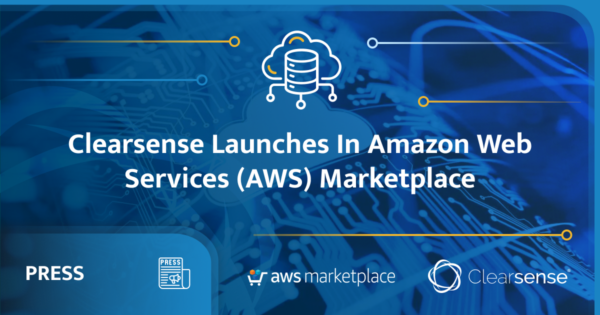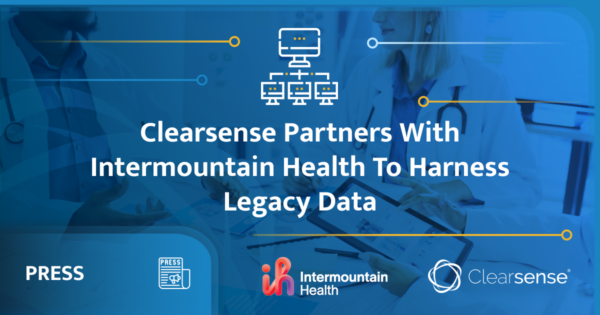
Healthcare faces a number of challenges when it comes to data interoperability. Patient information is often siloed within different electronic health record (EHR) systems, making it difficult for providers to access and exchange data across different settings and organizations. The Fast Healthcare Interoperability Resources (FHIR) standard was created to address these challenges by enabling more efficient and flexible data exchange between different systems and devices.

FHIR uses modern web technologies like RESTful APIs, JSON, and XML to make it easy for developers to integrate healthcare data into their applications. It also includes a standard set of resources for things like patient demographics, medications, allergies, and lab results, making it easier for different systems to understand and use the data.
What is FHIR?
FHIR is a data exchange standard that was developed by the Health Level Seven International (HL7) organization. Unlike previous standards such as HL7 and DICOM, which were focused on specific types of healthcare data, FHIR is designed to be more flexible and extensible.
Why is FHIR important?
One of the biggest challenges in healthcare is the fragmentation of data. With so many different systems and devices involved in patient care, it can be difficult to share and exchange information. This can lead to errors, inefficiencies, and delays in care. FHIR helps to solve this problem by providing a standard way to exchange data, making it easier to share and access patient information when and where it’s needed.
Recommended Content
FHIR is also important because it enables healthcare organizations to take advantage of emerging technologies like artificial intelligence (AI) and machine learning (ML). By making it easier to access and exchange data, FHIR allows organizations to leverage these technologies to improve patient outcomes, reduce costs, and enhance the overall quality of care.
Challenges to Adoption
Despite the potential benefits of FHIR, its adoption has been relatively slow due to complex and outdated models governing healthcare data, technical and cultural barriers, concerns around data privacy and security, and resistance to change from healthcare providers and staff.
However, as healthcare organizations recognize the importance of interoperability in improving patient care and overcoming the challenges of data silos and fragmented care, FHIR will continue to play an increasingly important role in enabling more efficient and effective data exchange between different systems and devices.

Source: LinkedIn Poll conducted by Clearsense, 2023
1Clearsense = FHIR Enabled
Clearsense is committed to leveraging the latest technologies to help our clients improve patient care. That’s why we’ve implemented FHIR as part of our data integration platform.
Our platform uses FHIR APIs to access and integrate data from different EHRs, clinical systems, and other sources. This allows us to provide our clients with a holistic view of their patient data, regardless of where it’s stored. We also use FHIR to help our clients develop custom applications and analytics solutions that leverage their healthcare data.
Predictions for the Future
Looking ahead, it is clear that FHIR will play an increasingly important role in healthcare. Emerging trends and developments in FHIR, such as the development of new FHIR resources to support genomics and social determinants of health, as well as the use of FHIR in conjunction with emerging technologies like blockchain, will likely lead to even greater improvements in data interoperability and patient care. As healthcare organizations continue to embrace value-based care and population health management, FHIR will be a key tool in helping them to achieve their goals.
We also expect FHIR to continue to evolve and expand, with new resources and capabilities being added over time. This will enable healthcare organizations to take advantage of emerging technologies like AI and ML to improve patient care and drive better outcomes.
FHIR is an essential technology for healthcare organizations looking to improve patient care through better data interoperability. By providing a standard way to exchange data, FHIR makes it easier to share and access patient information when and where it’s needed. At Clearsense, we’re committed to leveraging FHIR and other innovative technologies to help our clients achieve their healthcare goals. We look forward to seeing what the future holds for this exciting technology.











